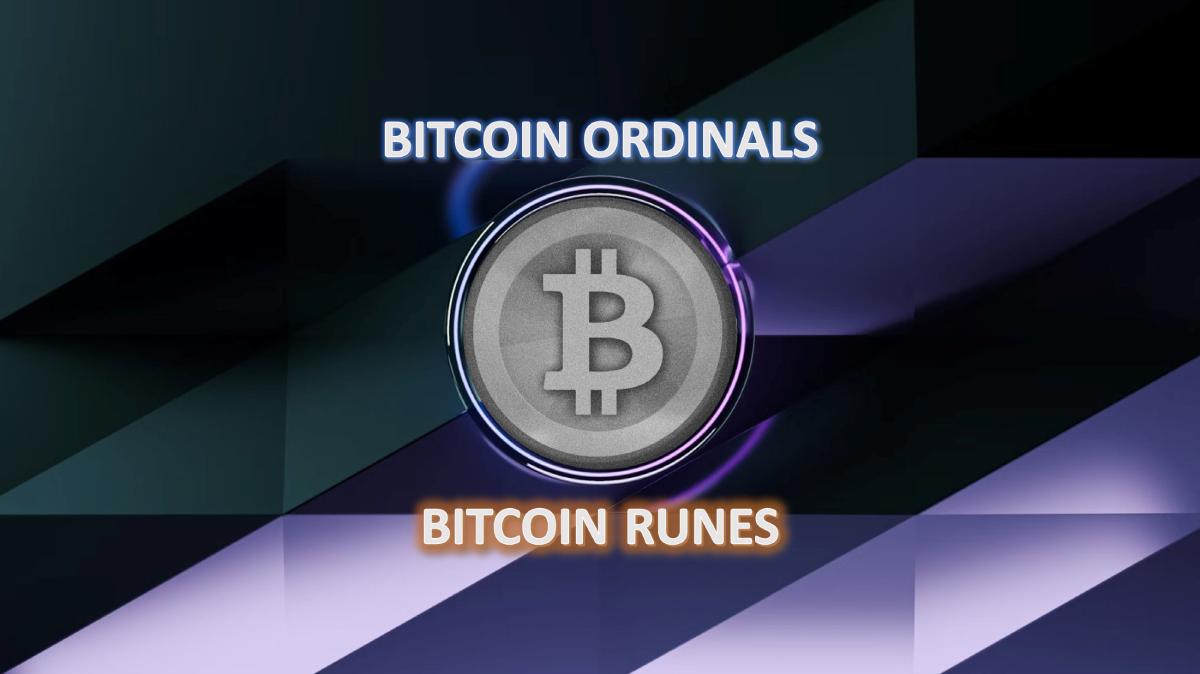
Ethereum’s ability to create and execute smart contracts, along with its support for dApp development, has made it a central hub for non-fungible tokens. These tokens represent unique assets and are typically built using standards like ERC-721 or ERC-1155. However, it’s worth noting that there’s a way to authenticate digital artwork or other assets on the Bitcoin Blockchain. Today, we’ll explore “Ordinals”, often referred to as “Bitcoin NFTs”.
While Ethereum NFTs do share some similarities with their Bitcoin counterparts, it’s crucial to clarify that “Ordinals” aren’t tokens themselves. Casey Rodarmor, the protocol’s creator, refers to them as “Inscriptions” or “Digital Artifacts”… They’re data attached to a BTC transaction, linked to the smallest unit of Bitcoin: a satoshi. The protocol assigns an order number (ordinal) to each mined satoshi, enabling tracking of individual units and facilitating transactions with specific satoshis. Can these Bitcoin portions host content such as images, text, or video that can be transferred? Absolutely… Hence the comparison with Ethereum NFTs.
This approach ensures that each satoshi becomes a unique entity marked by an associated ordinal, providing a secure means to certify ownership and authenticity of digital assets. Put simply, this theory enables the identification and assignment of an ID to every one of the millions of satoshis, enabling the integration of additional content into the Blockchain. This sets it apart from traditional NFTs, which are primarily stored on third-party servers, a longstanding criticism within the community.
In 2022, when Casey Rodarmor, the individual behind the “Ordinals”, was deeply involved in the project, he shared on his blog:
“I’ve been working on a numbering scheme for satoshis that allows tracking and transferring individual sats. These numbers are called ordinals, and constitute a numeric namespace for Bitcoin. Satoshis are numbered in the order in which they’re mined, and transferred from transaction inputs to transaction outputs in first-in-first-out order. Arbitrary assets, such as NFTs, security tokens, accounts, or stablecoins can be attached to Ordinals”.
Although the protocol gained momentum in 2022, it was the introduction of the “BRC-20” standard in March 2023 that significantly increased the number of “Inscriptions” and enabled users to mint new tokens within Bitcoin for the first time in history. “BRC-20”, developed by a programmer known as “Domo”, diverges from smart contracts —typically associated with “ERC-20″— and instead uses “Inscriptions” linked to Rodarmor’s ordinals. This allows users to employ JavaScript (JSON) scripts to program satoshis… You can access a list of Bitcoin-based tokens by clicking here.
Back in April, the global investment firm Franklin Templeton published a report emphasizing that, from their perspective, the innovation and development witnessed in Bitcoin throughout 2023 were primarily driven by “Bitcoin Ordinals”. The company substantiated its claims with graphs illustrating the substantial growth of this market.
Runes Protocol
In September 2023, Rodarmor unveiled the Runes Protocol, an upgraded standard for issuing fungible assets in Bitcoin. According to Casey himself, Runes is designed to ensure responsible management of UTXO (Unspent Transaction Outputs). Each UTXO represents a specific amount of Bitcoin that has not yet been spent and is tied to a BTC address. Once a UTXO is used in a transaction, it becomes invalid and is recorded in the Blockchain’s transaction history.
Runes diverges from the BRC-20 standard, which is not based on UTXO. Some sectors claim that the BRC-20 token standard results in an excess of UTXO, leading to congestion on the Bitcoin network. In response, Rodarmor aims to provide users with a more efficient method for creating fungible tokens: A Rune is assigned to a UTXO using a protocol message that identifies the specific output to receive the token, along with its ID and corresponding amount, using OP_RETURN —a unique procedure for storing data in Bitcoin… It is worth noting that OP_RETURN outputs don’t congest the UTXO.
UTXOs are used to monitor Rune token balances. In this new protocol, the token balance isn’t tied to a wallet address; instead, it’s managed within an UTXO. These tokens are transferred through a Bitcoin transaction, with an OP_RETURN output specifying the quantities of runes allocated to each UTXO.
You can access more information about Bitcoin Runes directly on Rodarmor’s blog.
“Ordinals” and “Runes” represent significant advancements in leveraging the Bitcoin Blockchain to authenticate and mint digital assets. While “Ordinals” streamline the certification of digital ownership and assets by assigning unique IDs to each satoshi, “Runes” introduces an enhanced standard for issuing fungible assets in Bitcoin, promoting prudent UTXO management. These developments have spurred innovation and growth in the Bitcoin-based asset market, prompting our expert team to explore their implications.
See you next time, dear learners! Don’t forget to subscribe to the Purse.io Newsletter and follow us on social media for updates on Hamza.biz, the first web3 e-commerce platform powered by the Loadpipe protocol.